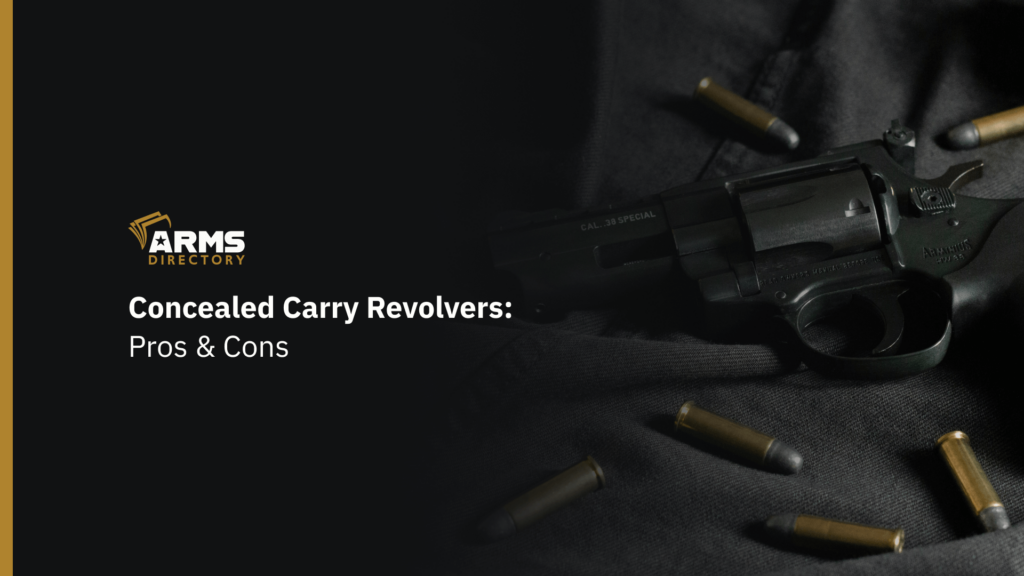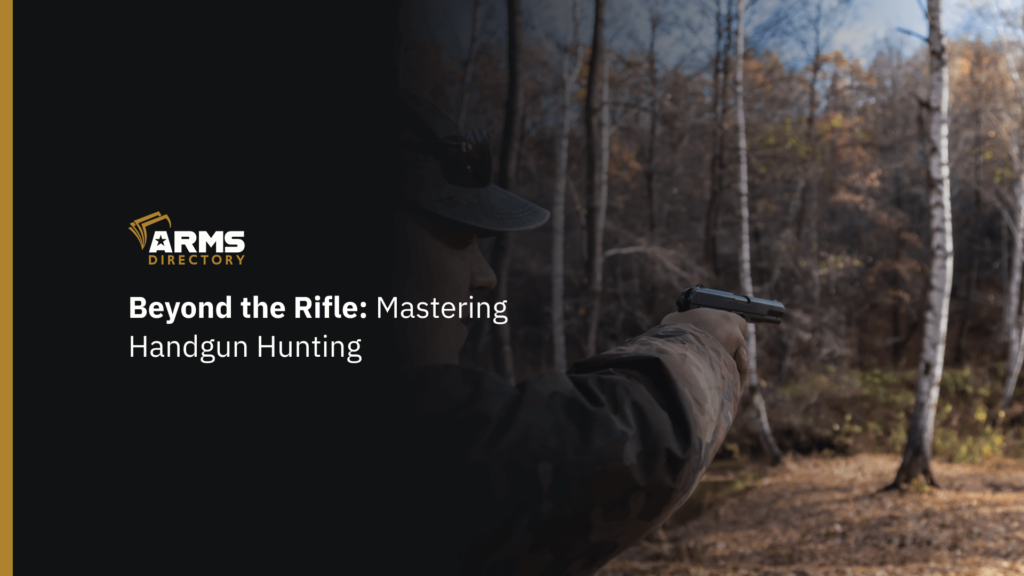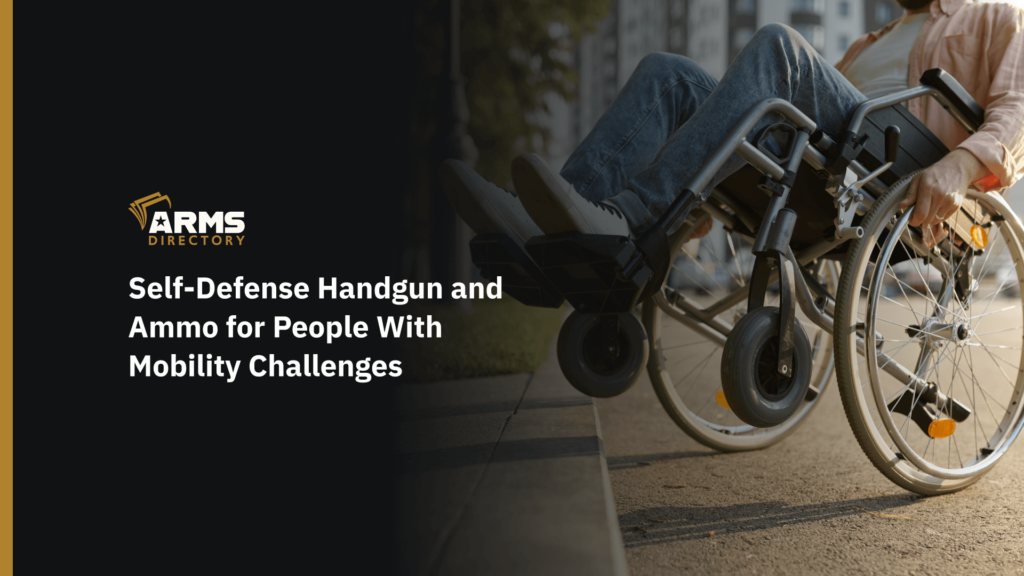
Self-Defense Handgun and Ammo for People With Mobility Challenges
In the U.S., there are over 42 million Americans with disabilities, making up 13% of the population. One of the biggest injustices they face is their exposure to crimes. The statistics show that people with disabilities suffer four times higher levels of violent victimization than those without. Moreover, despite being a minority, they are victims of 26% of violent crime incidents.
Behind these chilling numbers, some people are largely viewed as not capable of taking care of themselves. While this might be true in some cases, it is not universally true.
We are getting real about self-defense handgun and ammo options, and concealed carry. Sure, there’s no perfect option but seeking the balance between ease of use and actual effectiveness is the key.
Self-Defense Handgun and Ammo for People With Mobility Challenges
Let’s say you have no experience in holding a gun, but you want to carry a concealed one near you in case you have to act from your wheelchair. You have to be sure you are in control of your weapon. This means knowing how to rack it, pull the trigger, handle recoil, and keep it stable. What would be a suitable gun to meet these factors? The usual advice is to opt for a sub-caliber or small-caliber handgun.
Sub-Caliber and Small-Caliber Handguns
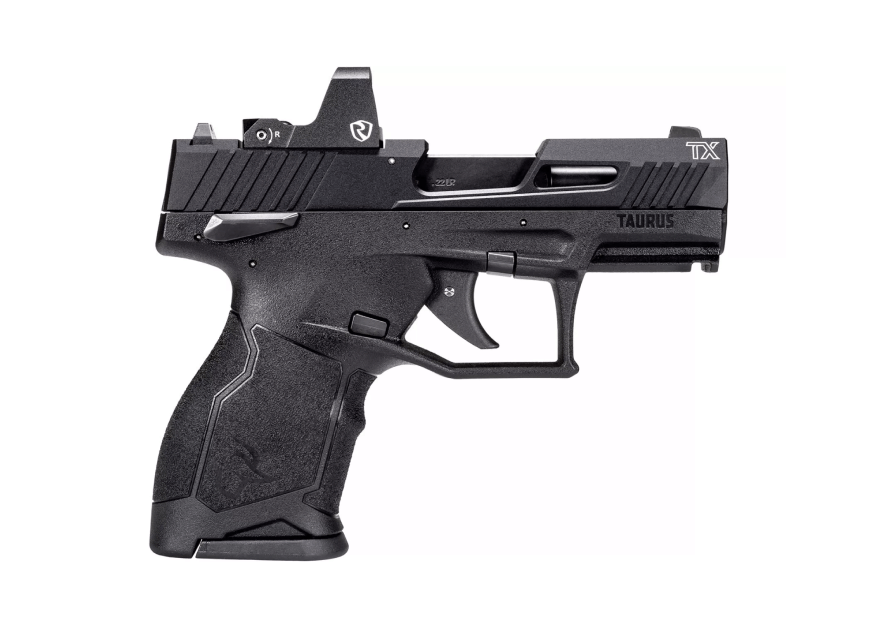
As their names show these types of handguns have small caliber ammo, for instance, .22. While they are easy to use and fire, they can be ineffective for self-defense. Their biggest limitation is the lack of stopping power. So, in life-threatening situations, unless the attacker is frighteningly near, such handguns wouldn’t be of great use.
Yet sub-calibers and small-calibers can be a very good starting point for training and practice as they are affordable, easy to use and carry in most of the cases including diminished hand strength, and the smaller rounds means less kickback.
Despite their limitations, the handguns chambering .22 are in high demand for self-defense. Federal designed the Personal Defense Punch Rimfire 22 LR 29 Grain – a 29-grain bullet with 1,080 muzzle velocity to meet the low stopping power issue. The “Punch” has excellent reviews and seems a promising solution that needs to be further confirmed.
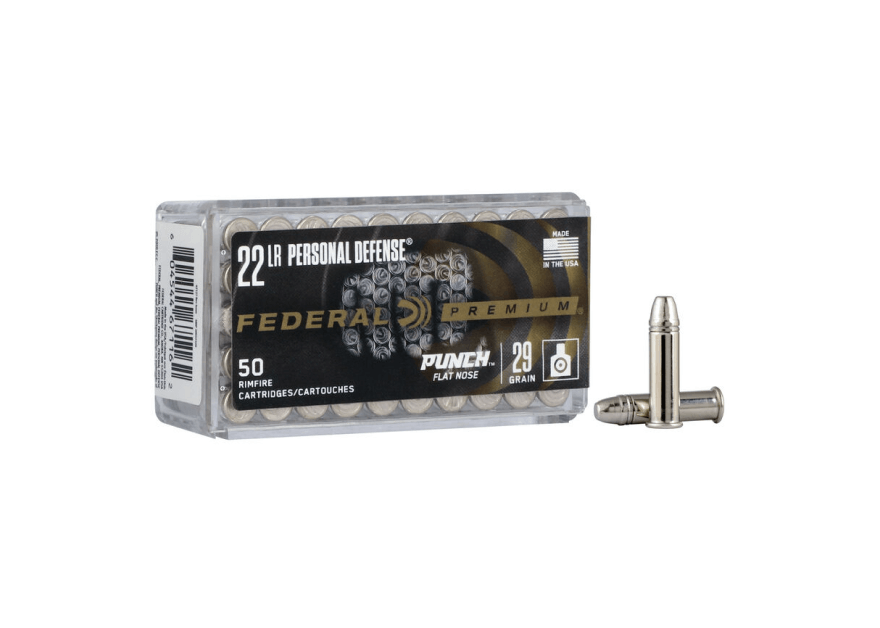
Moving on to handguns suitable for such ammo, take a look at Taurus TX 22 and models such as Taurus 22 Compact Riton Optic.
Revolvers
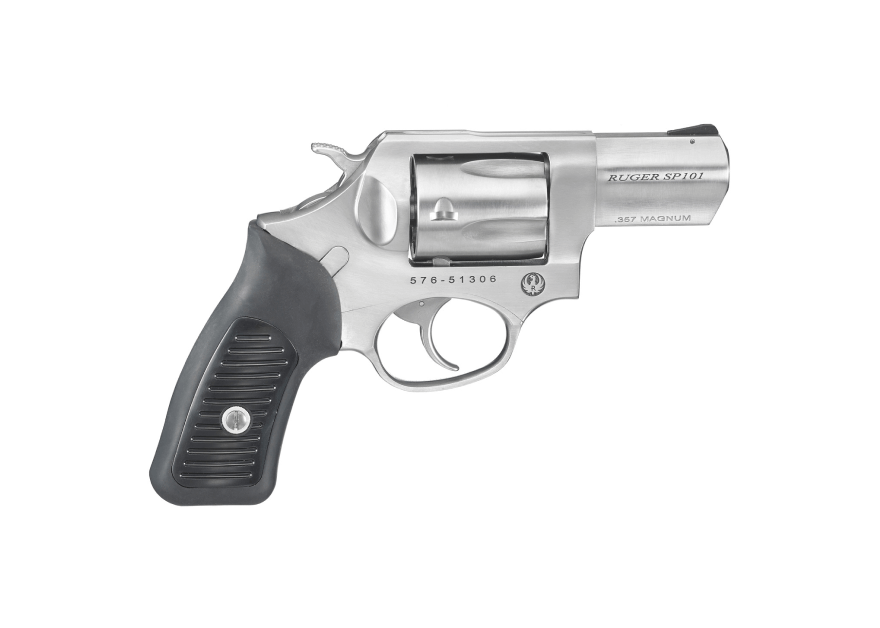
For people lacking motor skills, a revolver might be a reliable option. While a wheel means no slide,, the shooter still has to have the strength for the long pull and the heavy trigger. Recoil also can be an issue. Try models like Ruger SP101 or Taurus 327 both in 327 Federal Magnum. Also, everything from the J-Frame Series of Smith & Wesson with 357 Magnum or .38 Special ammo.
Semi Automatics
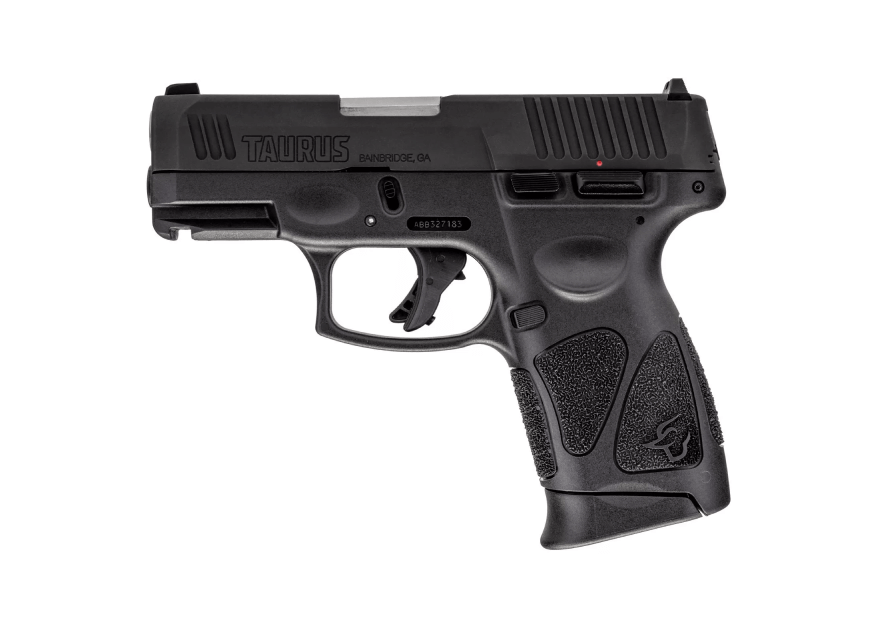
A semi-automatic handgun means that you have a magazine that holds multiple rounds. Once the initial round is chambered manually, every time you pull the trigger, you fire a bullet. This sounds easier than revolvers’ rotating cylinders, but you still need the hand strength to pull the trigger multiple times, which might be challenging in some cases. That is why you need a gun with an easy-to-handle slide and have to practice firing the gun with one or two hands.
Smith & Wesson has a gun specially made for this purpose. The M&P 380 SHIELD EZ has become a classic and is a relatable choice for accurate and soft shooting.
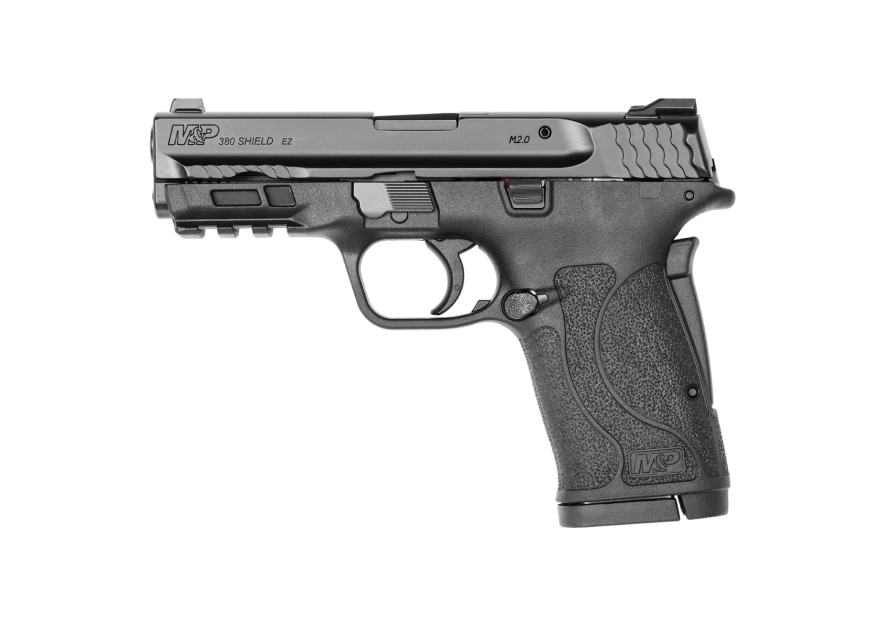
Another good option is Taurus G3c, which is one of the most popular 9mm Lugers for self-defense. It has achieved the balance between power and performance in tough situations.
Concealed Carry Tips for People With Mobility Challenges
With mobility limitations, carrying concealed needs more attention, so after you choose the right gun, you need to be comfortable carrying it all day long. It is also important that you can reach the gun easily. Or, if you are in a wheelchair you might need to adjust the height of its arms. As you can see the adjustments depend on the specific situations.
Keep Your Self-Defense Handun Attached to Your Body
If you decide to carry a gun, it should be attached to your body rather than, for example, your wheelchair. This minimizes the risk of it being lost, stolen, or unreachable when you need it most.
Find the Proper Gun Holster Belt
First, having a belt to carry your holster on your waist is a must. Opt for 1.25″- or 1.5″- wide leather belts offered by many leather companies such as CrossBreed. Or, you might need something more specific like a shoulder-chest holder system if you can’t carry your gun on your waist and want to wear it on your chest.
Find the Right Holster
There are many factors to consider when deciding on the holster that is right for you like whether you should buy a shoulder holster or a clip hip holster. Then you need to make sure that the gun fits and stays in place when you move.
Additionally, the holster should securely hold your gun, but not so tightly that you can’t retrieve it when needed. Finally, you have to decide how you will wear it, for example, at the 3 o’clock position or other. If a holster is not an option, there are customized CCW jackets or purses you can try.
The Importance of Training and Red Dot Sights
Now that you have the right gun, the best belt, and holster; it’s time to learn how to handle your gun.
First, you need to stand in front of the target and shoot boxes worth of ammunition. This is called target practice.
You might find it useful to experiment with accessories such as red dots sights that help a lot with precision. They use an LED light or laser to create an illuminated reticle. It appears as a red dot (or sometimes green) and is projected onto a lens. You aim by overlaying this dot on your target. Red dots are easy to use but spotting the red dot isn’t always easy, so you need practice to use them properly.
While target practice is of great importance, self-defense training is more than just that. It includes for example practicing pulling your gun from your holster from standing, sitting, and lying down positions. In the best scenario you would have access to specialized training but there are not so many out there. You might have to think about your own strategies like avoiding potentially dangerous situations or what tactics you will follow in case of immediate danger like announcing yourself to the intruder and the fact that you’re armed, etc.
Wrap Up
It is important to understand that your mobility challenges don’t mean you are defenseless. Owning a self-defense handgun is all about practicing and improving your shooting skills, and carrying concealed could be life-saving. Prioritize learning how to protect yourself against crimes.
You are welcomed to join our public and private community groups to gain insights from experts and peers on everything firearms.

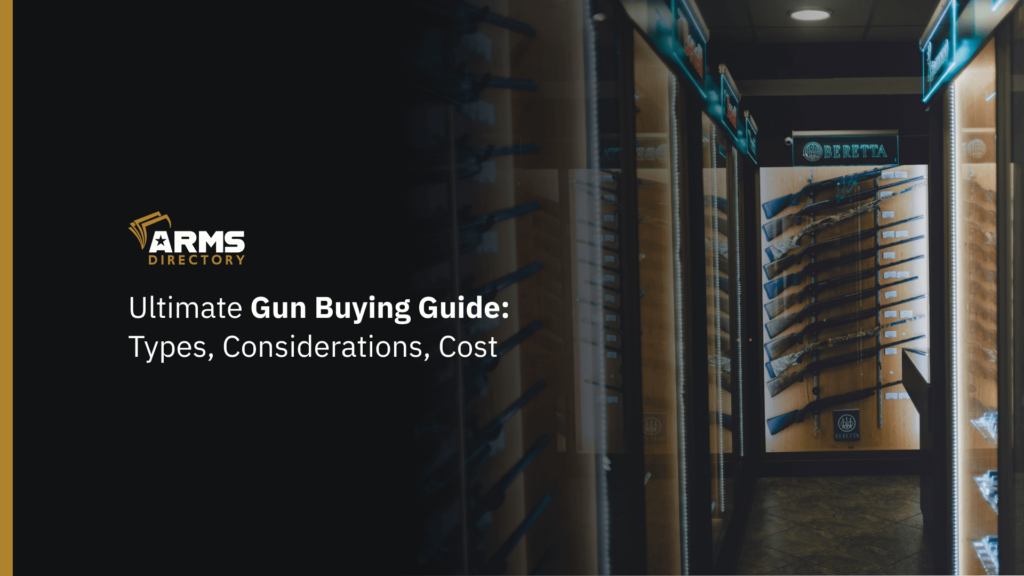
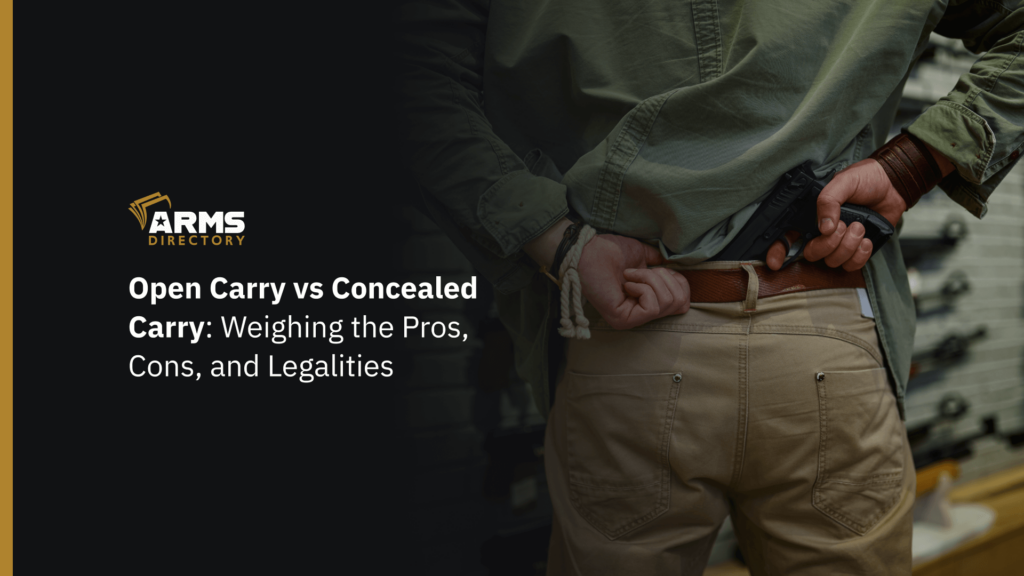
![Gun Registration Requirements by State [What You Need to Know]](https://vault.armsdirectory.com/wp-content/uploads/2023/10/27073220/Gun-Registration-Requirements-by-State-What-You-Need-to-Know-1024x576.png)
